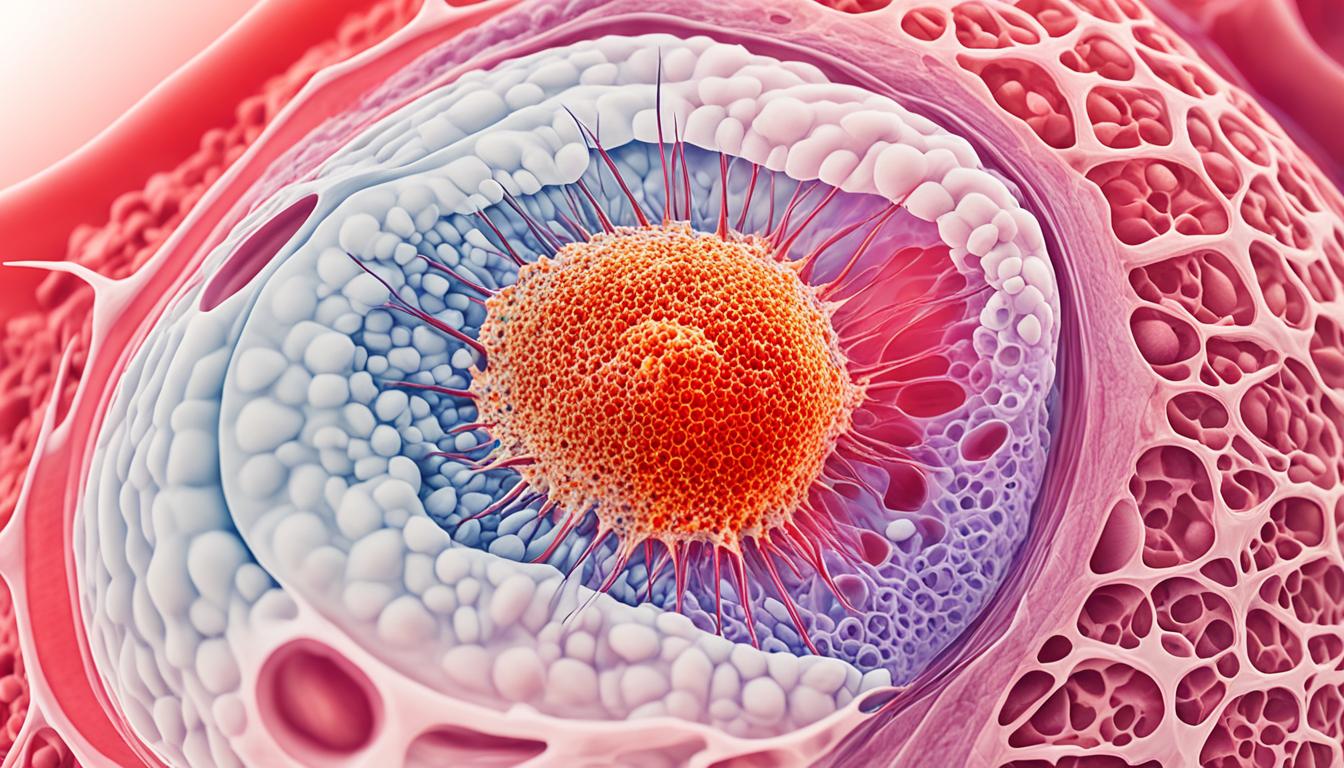Bursitis of the knee means your knee joint is painful and swollen. It can be hard to do normal activities. This discomfort affects your daily life. Knee bursitis happens in different places around the knee. It can make you feel limited and uncomfortable.
This issue may be from getting hurt, using your knee too much, or from infections. Doing activities like kneeling or having a job that requires bending can make it worse. Also, problems like arthritis can lead to bursitis.
When you have knee bursitis, your knee might hurt, look red, and swell. These signs change based on how bad it is. If you don’t get help, it could cause ongoing pain and more problems.
Your doctor will look at your knee, ask about your past health, and check you out. They might need to do X-rays or MRIs to be sure of the diagnosis.
For treatment, you might just need to rest, apply ice, and take medicine. Physical therapy can make your knee stronger. If it’s really bad, you might need a shot to help with the pain. Sometimes, surgery is the only option. And there’s new hope in using stem cell therapy too.
Key Takeaways:
- Knee bursitis brings pain and swelling, making it hard to do regular tasks.
- The problem can affect various areas around the knee, causing discomfort.
- It might be from getting injured, using your knee a lot, or from infections.
- To find out, the doctor checks your knee and might use tests like X-rays.
- Treatment can range from simple rest to more serious actions like surgery or using stem cells.
Types of Knee Bursitis and Causes
Many different types of knee bursitis can cause pain near the knee joint. Each type affects a specific part and causes its own discomfort. Here are some common types:
- Suprapatellar bursitis: This kind happens above the kneecap and causes pain and swelling.
- Infrapatellar bursitis: It’s below the kneecap, often from kneeling a lot or a knee injury.
- Prepatellar bursitis: Found in front of the kneecap, it’s from actions like deep knee bending or lots of knee pressure.
- Pes anserine bursitis: Located where the hamstring tendons join the shin, it can be from arthritis or too much use of the knee joint.
Causes of knee bursitis depend on the type. They could be due to knee movements, too much pressure, or certain illnesses. Infections and conditions like arthritis can also lead to bursitis.
Doing activities that need a lot of knee use or involve kneeling are major causes. As people get older, the risk of bursitis goes up. Some jobs also raise the chance of developing knee bursitis.
It’s key to know about knee bursitis types and causes for finding the right treatment. This knowledge helps doctors decide how to help patients feel better and heal.
Diagnosis, Treatment, and Prevention of Knee Bursitis
To diagnose knee bursitis, a doctor will look at your health history and do a physical exam. They will ask about your work, past injuries, and if you have any signs of infection. Sometimes, imaging tests like an MRI or ultrasound are needed to confirm.
The treatment for knee bursitis depends on how serious it is. For milder cases, simple steps like rest, applying ice, using compression, and keeping your leg raised can be very effective. It might also help to take over-the-counter anti-inflammatory medicines.
It’s important to stop doing things that make your knee hurt, like bending or kneeling a lot. Doing physical therapy to make your leg muscles stronger and more flexible can also be very helpful. In harder cases, a doctor might give you corticosteroid shots or stronger medicines. If nothing else works, you might need surgery, but that’s only in very rare cases.
To avoid knee bursitis, keep your knees safe and healthy. Always warm up and stretch before you do anything physical. Try to avoid activities that make you bend or kneel a lot, especially if it’s part of your job. Making sure your core, hip, and thigh muscles are strong helps your knees stay healthy.
If you have knee pain, rest and put ice on it. Staying active and not being overweight are also great ways to stop knee bursitis before it starts.

